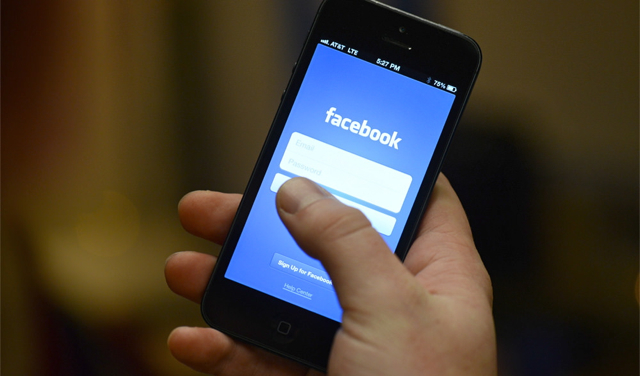Facebook Moves to Fix Metrics Bugs and Assuage Advertisers
November 18, 2016
In the wake of admitting it had overstated how long users spend watching videos on its site, Facebook is taking steps to regain credibility among advertisers and publishers. The company, which apologized in September, will now rely more on third-party measurement services — including comScore, Moat, Nielsen and Integral Ad Science — to ensure accurate metrics on display and video ads. Other moves include the formation of a “measurement council,” composed of ad agency execs and marketers, to develop more relevant metrics.
The New York Times reports that Facebook has also created a blog, Metrics FYI, to improve transparent communications with advertisers. “Our goal going forward is to communicate more regularly about our metrics, so that our partners can focus on doing what they do best — servicing their customers — with the best insights possible,” says one post.
Interactive Advertising Bureau chief executive Randall Rothenberg calls the step “an important evolution.”
“This is Facebook saying, ‘Yes, we know that we need to be and are getting more involved in advertising transparency,’” he noted.
Since the initial problem, Facebook revealed in its first blog post that it had discovered more “bugs” among the 220 metrics it uses, including one that double-counted repeat visitors viewing “organic messages,” which are “regular Facebook posts by companies rather than paid ads.”
The error created a 33 percent overstatement of the accurate measurement over a seven-day period and 55 percent over the 28-day period. Time spent on Instant Articles was also “overstated on average by 7 to 8 percent.” One error was in advertisers’ favor: “the number of people viewing video ads from beginning to end was 35 percent higher than it had previously calculated.”
Some advertisers and publishers are now wondering if digital advertising is as effective as reported. “It’s not like you can not use Facebook as an advertiser or as a publisher,” said Pivotal Research analyst Brian Wieser. “But it is a question of who do you prioritize and how many resources do you send that way? The ascendant view had been ‘if it’s digital, it’s better.’ And I think with every passing incident, those who have not been appropriately skeptical or appropriately critical have come down to earth a bit.”


No Comments Yet
You can be the first to comment!
Sorry, comments for this entry are closed at this time.